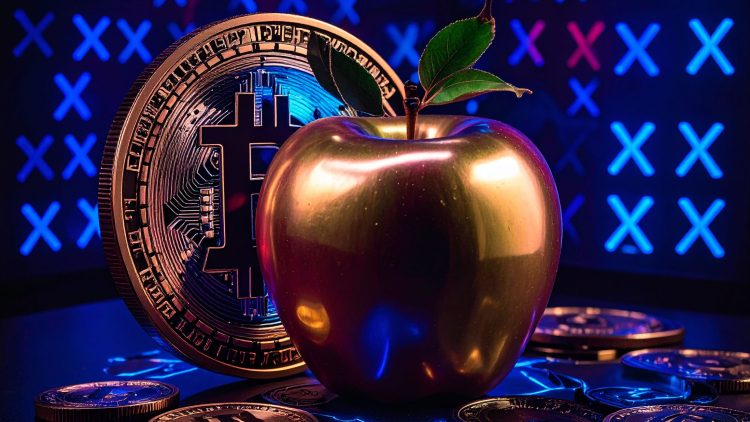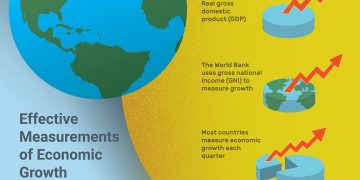Introduction
In February 2025, the financial segment on X.com, the leading social media platform, witnessed an unprecedented surge in discussions about crowdlending platforms. This digital chatter was accompanied by a sharp increase in on-chain fund movements linked to peer-to-peer lending, signaling a sudden rise in alternative credit activities. Shortly after, small and regional banks reported an 18% jump in borrowing from the Federal Reserve’s discount window—a key liquidity facility typically used during periods of financial stress. This rapid sequence of events raises a crucial question: Are the volume spikes in crowdlending on X.com an early warning signal predicting increased reliance on the Fed’s discount window? Understanding this relationship could shed light on the liquidity health of smaller banks and broader credit market tightening.
Key Data and Background
Crowdlending, or peer-to-peer lending, has grown steadily over the past decade as an alternative source of credit for individuals and small businesses, often bypassing traditional banking channels. In February 2025, data analytics from blockchain-based payment tracking and X.com’s financial discussion heat maps indicated a surge of over 40% in crowdlending transaction volumes compared to the previous quarter. Notably, the increase was concentrated in regions with dense small and mid-sized bank presence, suggesting a shift in credit demand outside traditional bank lending.
Concurrently, small banks increased their usage of the Federal Reserve’s discount window by 18% in the same period, signaling liquidity pressures. The discount window allows banks to borrow short-term funds directly from the Fed to cover temporary cash shortages. Historically, an uptick in discount window borrowing has been associated with financial uncertainty or market stress.
See Figure 1 for the overlay of crowdlending volume changes on X.com against discount window borrowing by small banks from January 2024 through March 2025. The correlation suggests a potential predictive relationship worth deeper examination.
This surge in alternative financing may reflect tightening credit conditions in traditional lending markets, as banks face increased capital requirements, risk aversion, and balance sheet constraints. Rising interest rates in 2024, coupled with macroeconomic uncertainties, contributed to an environment where both borrowers and lenders seek alternatives.
Cross-Market Impact
The spike in crowdlending volume has a domino effect on multiple interconnected markets. First, the rise in peer-to-peer lending drives up interest rates on these platforms as demand outpaces supply. Higher crowdfunding rates translate into an overall tightening of credit availability, as traditional lenders respond by restricting loan issuance and increasing borrowing costs.
Second, small banks experience a deterioration in asset quality and liquidity due to reduced loan demand and increased funding pressures. This situation often leads to higher discount window usage, as banks borrow from the Fed to meet short-term obligations or maintain reserve requirements. The increased reliance on the discount window depresses investor confidence in regional bank stocks, triggering sell-offs and amplified market volatility.
A historical parallel can be drawn with the 2013 taper tantrum, where Federal Reserve announcements about reducing quantitative easing led to a sudden spike in borrowing costs for emerging markets and liquidity crunches in smaller financial institutions. However, the current dynamic differs as it is driven primarily by shifts in alternative financing platforms amplified by social media discourse, rather than direct central bank policy changes.
The crowdlending surge not only impacts U.S. regional banks but also reverberates internationally. For example, European banks with U.S. exposure began tightening credit lines, anticipating liquidity shocks, while global investors recalibrated risk premia on bank debt and related securities.
Expert Viewpoints
The Federal Reserve maintains that the increased discount window borrowing reflects a short-term seasonal phenomenon related to quarterly balance sheet management and not systemic distress. In a recent statement, Fed officials emphasized, “Current borrowing levels remain within historical norms for this period, and no persistent liquidity issues have been identified.”
Contrastingly, independent analysts and some market commentators argue that the increased activity on X.com’s crowdlending forums represents a genuine early-warning sign of liquidity stress among small banks. Financial analyst Mark Jensen from Horizon Analytics posits, “The correlation between surging peer-to-peer lending discussions and discount window use is not coincidental. It signals that traditional banks are increasingly unable to meet credit demands, pushing borrowers and lenders to alternative platforms.”

Morgan Stanley’s January 2025 report underscores the importance of monitoring alternative credit channels as part of macro-financial stability analysis. The report warns, “Regulators should consider the implications of expanding peer-to-peer lending on bank liquidity and systemic risk, particularly in the context of rising interest rates and regulatory tightening.”
Adding an unconventional perspective, Nobel laureate economist Paul Romer challenges traditional credit risk models. He argues, “Social media-driven financial behaviors create feedback loops that conventional models fail to capture. Crowdlending volumes influenced by online sentiment can accelerate liquidity stress cycles, requiring new analytical frameworks.”
Future Outlook and Strategy
Looking toward the remainder of 2025, multiple scenarios could unfold. An optimistic case envisions that the crowdlending surge stabilizes as banks adapt to tighter credit conditions through digital transformation and regulatory relief. In this scenario, discount window borrowing normalizes, regional bank stocks recover, and diversified credit channels strengthen financial resilience.
A pessimistic scenario would see rising defaults among small banks due to prolonged credit tightening and elevated interest rates, forcing more frequent discount window interventions and potentially triggering a broader regional banking crisis.
A neutral outlook suggests continued volatility with episodic liquidity pressures but no systemic disruption, as policymakers and market participants adjust dynamically.
Investors should track three key indicators to navigate this landscape: X.com’s financial discussion sentiment indices, monthly discount window borrowing statistics from the Federal Reserve, and regional bank asset quality reports. These metrics offer actionable insights into liquidity stress levels and credit market dynamics.
Strategically, diversifying exposure away from vulnerable regional banks toward fintech and alternative lending platforms with strong balance sheets may provide risk mitigation. Additionally, monitoring regulatory responses and central bank communications will be critical for timely risk assessment.
Conclusion
The notable surge in crowdlending volume on X.com in early 2025, followed closely by an 18% increase in Federal Reserve discount window borrowing by small banks, highlights an emerging nexus between social media-driven financial behavior and traditional banking liquidity. While the Fed views this as a seasonal fluctuation, independent analysts see genuine liquidity stress signals. This evolving dynamic calls for enhanced monitoring of alternative credit markets and integrated risk frameworks. The pivotal question remains: can regulators and market participants adapt swiftly enough to manage the interplay between emerging digital finance channels and banking system stability?



































